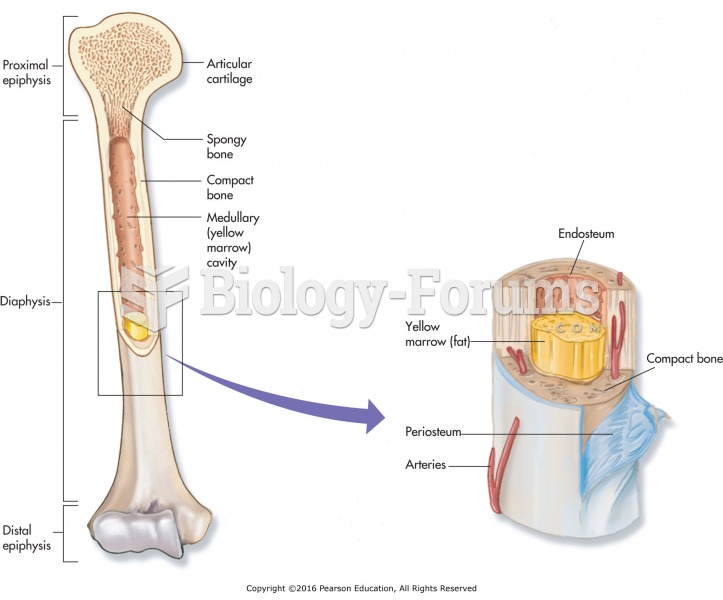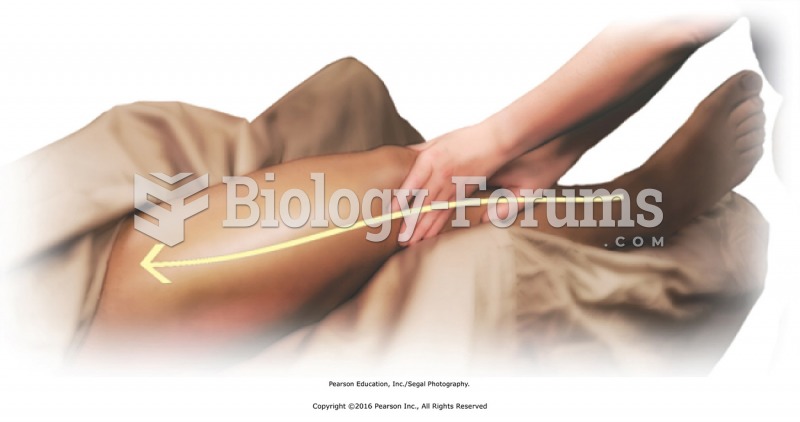Answer to Question 1
d
Answer to Question 2
A push strategy is an attempt by marketers to encourage purchases by members of the trade thus helping to push a brand into the distribution channel until it ultimately reaches consumers. The sales promotion techniques used with the trade are point-of-purchase displays, incentives, allowances, trade shows, sales-training programs, and co-op advertising.
Point-of-purchase displays are a trade promotional technique that has a dual impact. They are useful in reaching the consumer at the point of purchase and often encourage retailers to support a brand because their presence can enhance the store environment, thus increasing traffic. P-O-P promotions can benefit brand manufacturers by helping win precious shelf space and exposure in a retail setting.
Another push technique consists of Incentives to members of the trade including awards in the form of travel, gifts, or cash bonuses for reaching targeted sales levels. These can induce retailers and wholesalers to give a firm's brand added attention.
There are different types of allowances that can be used in a push strategy. Merchandise allowances, in the form of free products packed with regular shipments, are payments to the trade for setting up and maintaining displays. In addition, shelf space has become so highly demanded, especially in supermarkets, that manufacturers are making direct cash payments, known as slotting fees, to induce food chains to stock an item.
Trade shows are events where several related products from many manufacturers are displayed and demonstrated to members of the trade. Company representatives are on hand to explain the products and perhaps make an important contact for the sales force.
An increasingly popular trade promotion is to provide training for retail store personnel. The increased complexity of many durable consumer goods has made it important for manufacturers to ensure that the proper factual information and persuasive themes are reaching consumers at the point of purchase.
Finally, with cooperative advertising, the manufacturer shares the cost of media--usually on a 50-50 basis--with the retailer which extends the reach and frequency for both brands as less than the cost of doing it alone.







